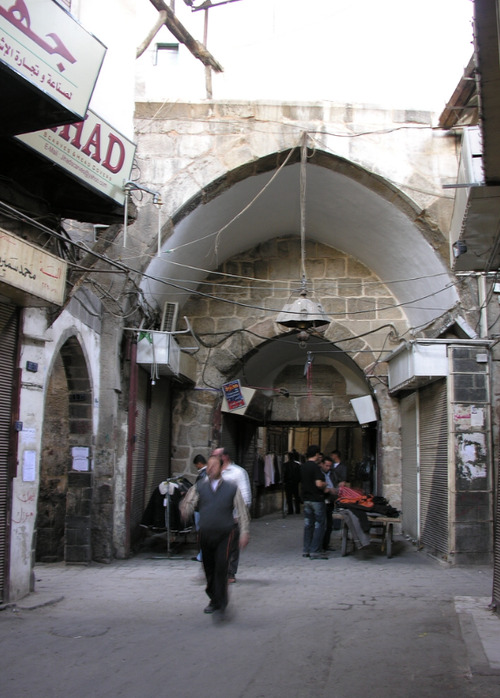Old Damascus has seven extant city gates, with the oldest dating back to the Roman period.
1) Bab Al-Faradis – “The Gate of Paradise” (باب الفراديس). Known commonly as Bab Al-Amara, this gate was given its name because of its proximity to numerous water sources and lush gardens. Government plans to demolish parts of this historic area in order to widen roads surrounding the Citadel came under fire and were “suspended” as a result.
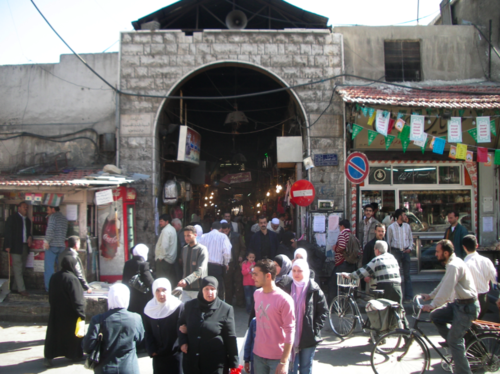
2) Bab Al-Salam – “The Gate of Peace” ( باب السلام). Bab Al-Salam is one of the seven Roman gates of Old Damascus. Located to the north of the city, it was originally dedicated to the Moon by the Romans.
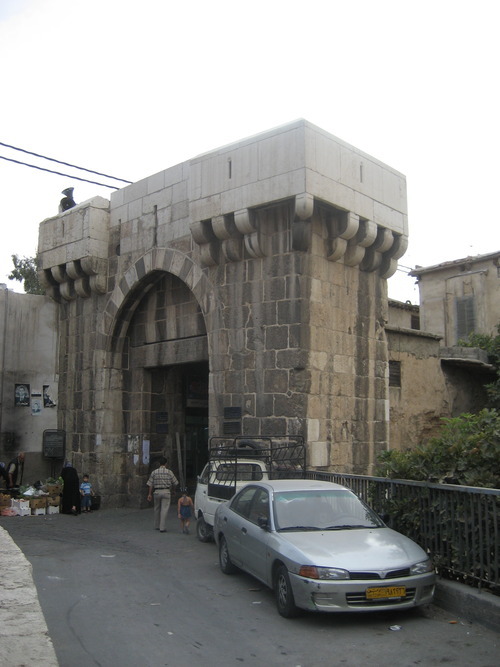
3) Bab Touma – “The Gate of Thomas” ( باب توما). Located in the north-eastern corner of Old Damascus, this gate leads into the Christian quarter of the same name. The gate is named after Thomas the Apostle, one of the Twelve Apostles of Jesus Christ, according to the New Testament. The high stone walls to either side of the gate were demolished, leaving the gate standing on its own, surrounded by a roundabout.
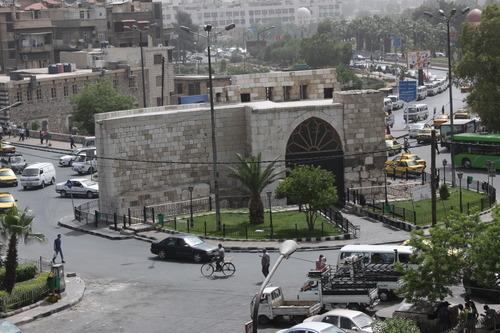
4) Bab Sharqi – “The Eastern Gate” (باب شرقي). It was originally referred to as the “Gate of the Sun” but its common name derives from its location to the east of the city.
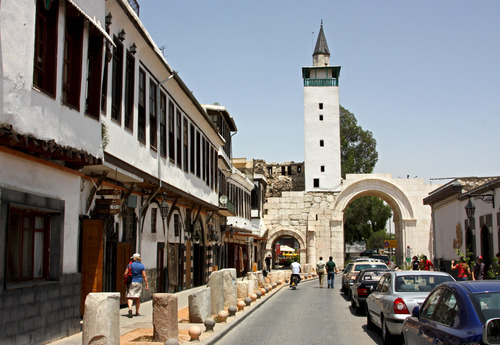
5) Bab Kisan, “The Kisan Gate” (باب كيسان). Bab Kisan is a very historically significant gate to Damascus located in the southeastern part of the old city. Built by the Romans, it was dedicated to Saturn. Saint Paul escaped to Jerusalem through Bab Kisan under the cover of night, following explosive reactions by the Jewish community which opposed his teachings. Today, Bab Kisan holds the Chapel of St. Paul.
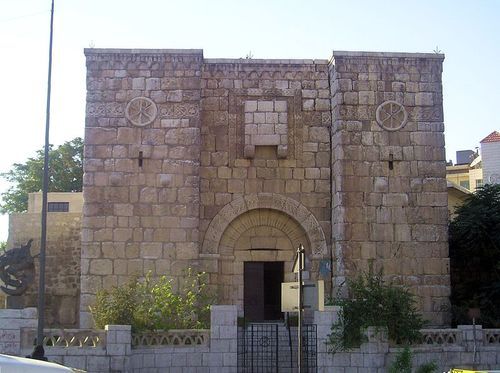
6) Bab Al-Saghir, “The Small Gate” (باب الصغير). Bab Al-Saghir is the smallest of the Damascene gates. A religiously significant cemetery is located just outside the gate, where many companions of Prophet Muhammad (PBUH) and several Omayyad Caliphs are buried.
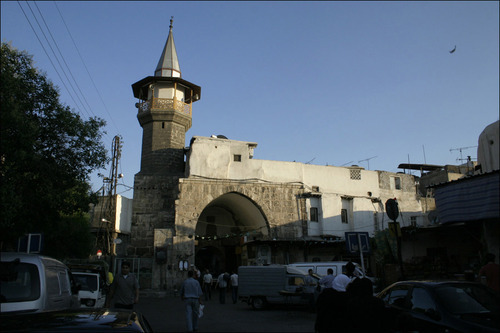
7) Bab Al-Jabiyah- “Gate of the Water Trough” ( باب الجابية). Also referred to as the Gate of Jupiter, this gate opens onto Souq Medhat Pasha. The gate’s modern name dates back to the Omayyads and comes from the name of al-Jabiyah in the Golan Heights, which was then the capital of the Ghassanids, allies of the Roman Empire.
Damascus was conquered by the Islamic Empire in in the 7th century, where the forces of General Abu Ubaidah Ibn Al Jarrah peacefully made their way through this gate to meet the forces of Khalid Ibn Al Walid (RA), who had entered the city through Bab Sharqi.
